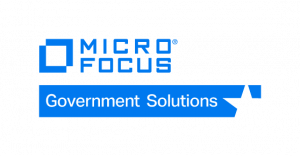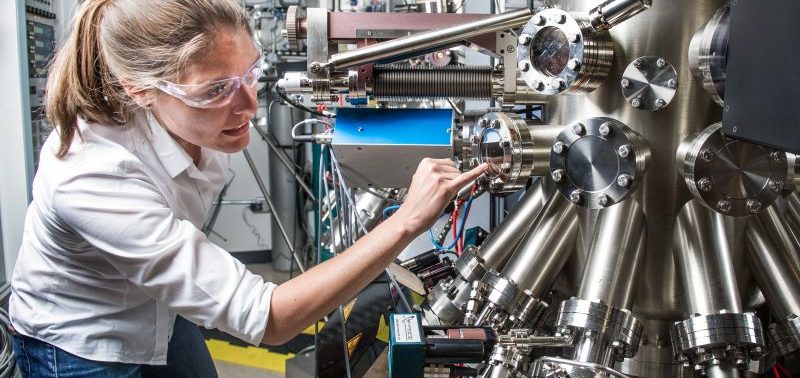Government employees need innovation at their fingertips. Whether they’re on the frontlines or in the back office, they require secure, modern systems to do their jobs — and to adapt quickly to change.
That’s why agencies are seeking new ways to better support their workforce — and in turn, the public. This new way of working has come in the form of a collaborative software development approach called DevSecOps. The Air Force and the Internal Revenue Service (IRS) are among a growing number of agencies using this model. The goal is to automate, secure and monitor all phases of the software lifecycle and reduce the chances for human error.
To get it right, there are a lot of moving pieces that must work together. And that’s been the difficult part for many agencies. Much like the magic that happens behind the scenes of a fine dining restaurant, agencies too must orchestrate the right tools, processes and services to successfully execute DevSecOps.
The Achilles’ heel for many agencies is that government systems and teams weren’t designed to support continuous improvements. Exacerbating that issue is the lack of consistency across teams.
Let’s revisit that fine dining example. Imagine if chefs in the same restaurant used different appliances, cutlery techniques, measurements and approaches to recreate the same meal. From order to order, there would be inconsistencies in how long the meal takes to prepare, its taste and customer satisfaction.
Now apply that to DevSecOps. With so many tools available, agencies are grappling with product sprawl, too much variation and a lack of security and shared services for development teams.
To reign things in, agencies are turning to software factories to take their DevSecOps efforts to the next level.
So what is a software factory? You can think of it as a software plant that contains multiple assembly lines. These lines are equipped with a set of approved tools, workflows and environments. They produce software capability faster, more securely and with reduced risk.
The software factory automates activities in the development, testing, release and delivery phases of the software cycle. It also:
- Reduces tool sprawl
- Provides enterprise services for common software assembly functions
- Improves time to value and end-to-end visibility
- Enhances security and automates compliance reporting
Ultimately, it provides agencies with improved predictability and governance of the software development cycle.
This article is an excerpt from GovLoop Academy’s recent course, “4 Steps to Building a Software Factory,” created in partnership with Micro Focus. Access the full course here.





Thank for the information..